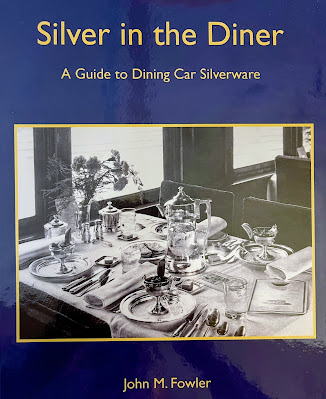Despite the early recognition of the desirability of serving meals on board, there was little progress toward this goal over the next three decades. Occasional efforts to provide meals were made on several railroads, but they involved the serving of food prepared off the train. The quality of the food and service varied greatly, as did the passenger response. Until after the Civil War, the dining norm for the rail traveler was a hurried stop at the station dining room or track-side eating house, an offering from a station-platform food vendor, or a snack of questionable origin from an on-board news agent.
By the end of the Civil War, railroad technology had evolved significantly, offering faster schedules with longer distances between stops and improved amenities for the rail traveler. With those advances, the need for serving palatable meals to passengers on the cars became more pressing. At the same time, an increasingly mobile and affluent traveling public, experiencing the relative splendor of ocean and river steamers and grand metropolitan hotels, had come to expect a quality of service that the railroads could ill afford not to match. – From the terrific 2019 book, “Silver in the Diner… A Guide to Dining Car Silverware,” by John M. Fowler
🍽Etiquette Enthusiast, Maura J. Graber, is the Site Editor for the Etiquipedia© Etiquette Encyclopedia

No comments:
Post a Comment
Note: Only a member of this blog may post a comment.